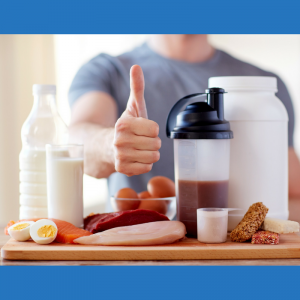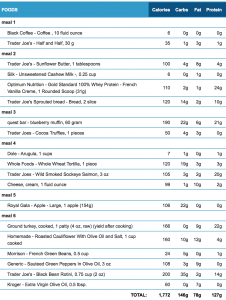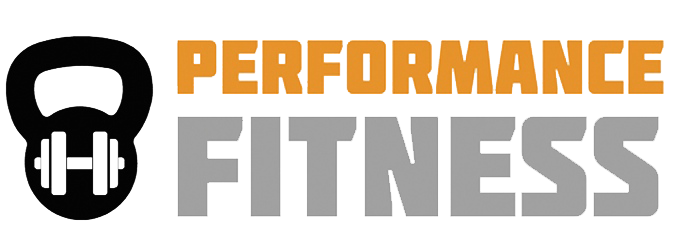What is the Easiest, Most Important Diet Change You Can Make?
 What is the Easiest, Most Important Diet Change You Can Make?
What is the Easiest, Most Important Diet Change You Can Make?
– Elise A. Miller
If I had to give you just one tip to help you lose weight, it would be to—wait! Not so fast. Before I tell you what TO do, I want to tell you what I won’t advise. I won’t tell you to stop snacking. Why? I won’t tell you to get rid of something you enjoy because it’s NOT easy to say no when you want to say yes, and it might set you up to perceive a failure and thus hamper your progress. Remember, we’re talking about the EASIEST thing you can do to set yourself up for success.
I also won’t tell you to spend more time doing something you don’t want to do, namely to track your calories. Why is that? Because it’s a pain in the ass (at least at first). More clients balk at tracking calories than I would have thought, but I get it. In our current culture of convenience, people don’t want to push any further than they think is necessary to achieve their goals. They also might not want to take an honest look at their habits in a way that makes them feel guilty. And while this is understandable, I also know that being honest about what you’re eating and not eating is the only way to take charge of your results. You can take all this to mean that tracking your calories and macronutrients is very important. But it’s not the first thing I’d tell you to do, because it’s not the easiest thing to do.
So what is it? What’s the easiest, most effective change you can make?
Add Protein! That’s it. At every meal and for every snack, include a palm-sized portion of protein. Why is protein so important?
Well, number one, it satisfies your hunger. For hours. You can go longer between meals without craving a thing to eat, as long as your protein is ample. Right there, you’ve gotten rid of your mid-morning snack and you didn’t even blink.
Please note that the recommended daily allowance of protein in the United States, for a woman aged 31 and up is 5 ounces per day. This might include one small chicken breast and a can of tuna, for a total of about 43 grams of protein.
Compared to what most fitness professionals advise, this is rather low, by more than half, especially if you are exercising and prioritizing strength training. In fact, most bodybuilding and strength training professionals advise eating one gram of protein per pound of your bodyweight. Does that sound complicated? It’s not! I weigh 128 pounds, so I aim to eat around 128 grams of protein per day.
To give you a sense of what it all looks like, here’s a screenshot from myfitnesspal account—
If you take a look at the right-most column, you can see protein features in every meal. And my snack (meal 3) contains at least 20 grams of protein. That’s what you want to aim for. Even if you were to eat three meals plus one snack, you’d get 80 grams, which is probably more than you usually eat.
The thing about adding protein is that it prevents you from overeating the bad stuff—the crap you KNOW you should avoid—packaged, processed, sugary floury stuff that includes a gazillion ingredients you can barely pronounce. Again, this is because protein is so satiating it helps curb your hunger. And how amazing is it to not have to fight cravings? This way you can cut your calories without feeling deprived.
Some other benefits to increased protein consumption:
You’ll be in a better mood. All those amino acids help the feel-good neurotransmitters like tryptophan and serotonin. The best sources of mood-boosting protein are animal products like meat, fish, eggs, Greek yogurt and cottage cheese. Vegetarian options like soy might pack a protein wallop gram-for-gram, but their amino acid profile is not as impressive as that of animal products.
You’ll increase and maintain muscle mass. This is especially crucial as we age, for we tend to lose muscle mass, the older we get.
You’ll maintain bone density. Given the typical bone density loss that occurs as we age, this is another critical factor.
You can stabilize your blood sugar levels. This is especially important if you’re diabetic (type 2) or prediabetic. Even if you’re not in danger of getting type 2 diabetes, protein can save you the experience of growing “hangry” if you wait too long between meals. Hands up if you know what I’m talking about!
Protein helps with brain function. Without protein, your body simply cannot make the enzymes, hormones and neurotransmitters needed to keep you functioning like the cognitive whiz you were meant to be.
Protein lowers your risk for cardiovascular disease.
Protein increases longevity and slows down the aging process. Say what? Sign me up! Read this to learn more about it.
Here’s a recipe for chocolate protein pudding. It’s easy and delicious and can be tweaked for your personal preferences by swapping or adding certain ingredients. Best of all, my husband likes to make fun of me for it and calls it “slurry.” What’s not to love?
Ingredients:
1 scoop vanilla whey protein powder (I use Gold Standard Optimum Nutrition brand in French Vanilla Creme)
2 TBSP flax meal (will have you pooping like a champion)
1 TBSP cocoa powder
1 TBSP coconut manna (I buy it on Amazon. It’s not coconut oil, but coconut SPREAD. Some people call it coconut butter, as in peanut butter, not cocoa butter. If you Google coconut manna or coconut spread you should be okay. It’s not the cheapest spread on the shelf but it’s so, so good. Heat it in the microwave for 45 seconds to a minute so it softens and spoons easily.)
A sprinkle or two of cinnamon
Unsweetened cashew milk—as little as it takes to get your dry mixture moist and puddingy
Instructions:
Stir and eat, baby!
Nutritional info according to myfitnesspal:
Calories: 303
Fat: 18 g
Carbs: 10 g
Protein: 29 g
